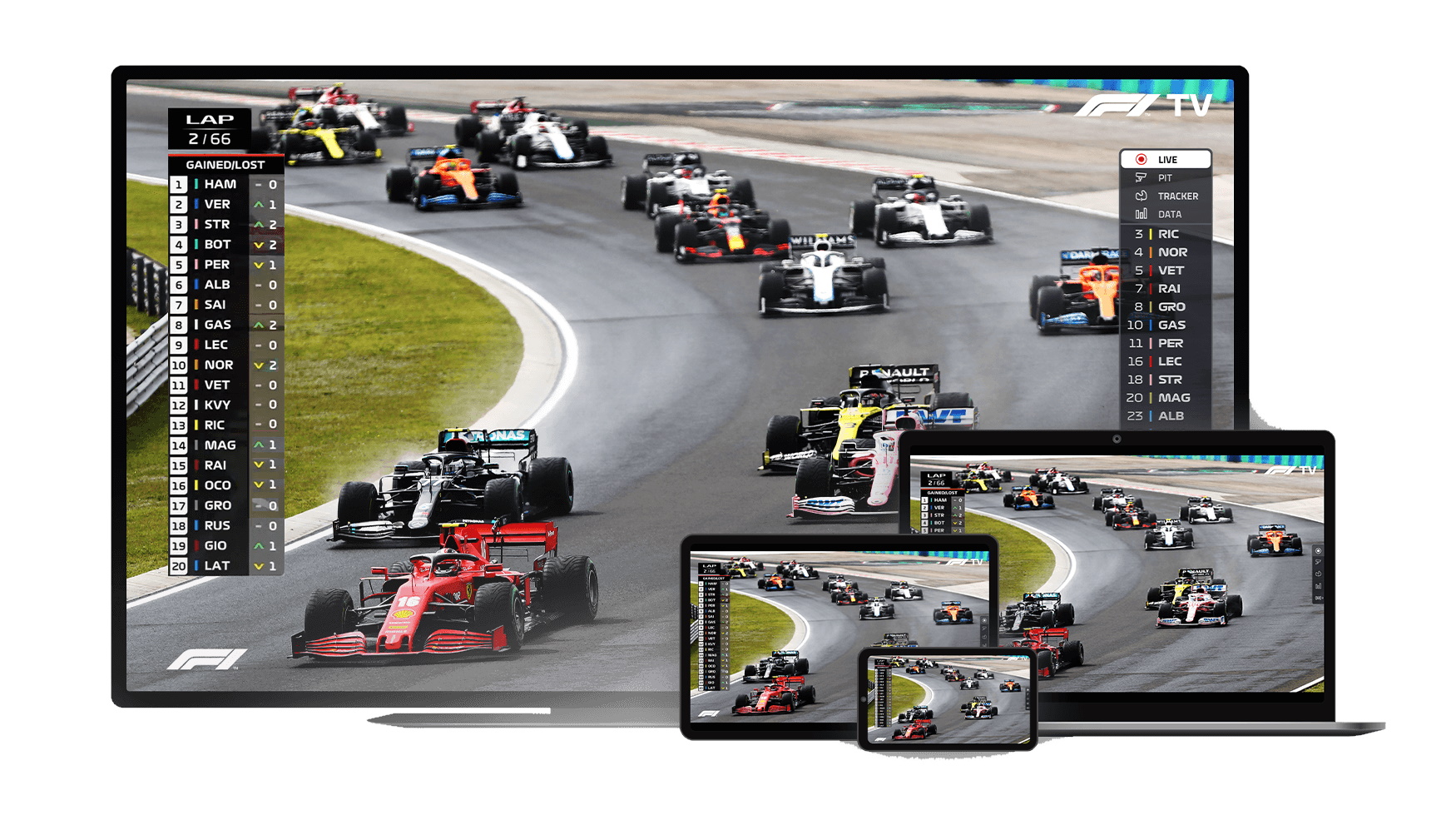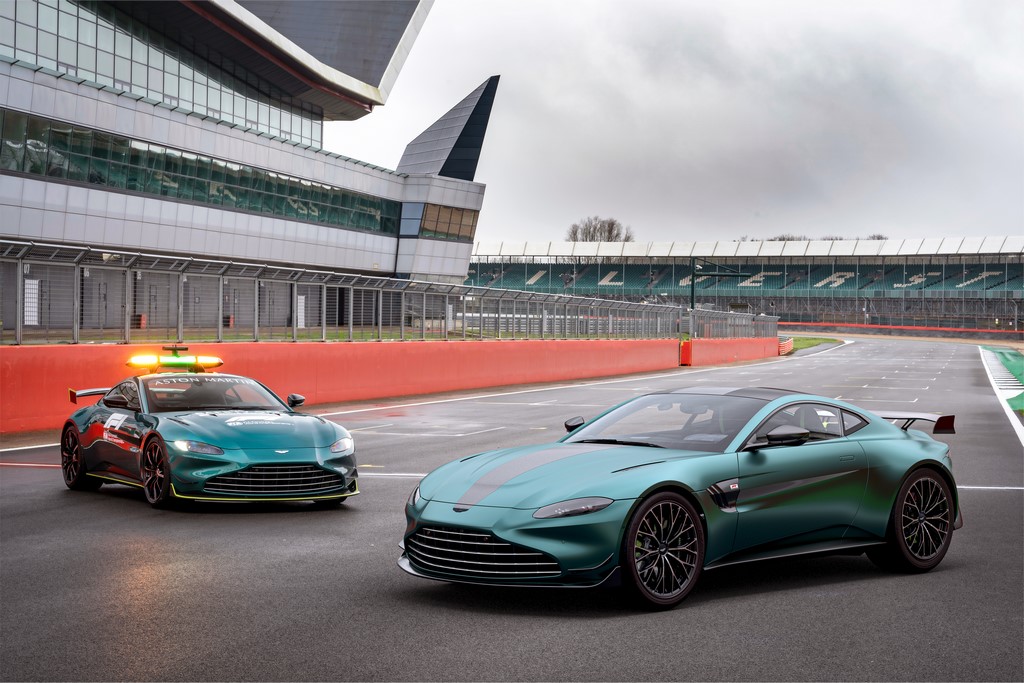
The other day my friend shared an edit with me. It was a rendition of the 2023 F1 intro sequence, but edited with Lil Nas X’s MONTERO (call me by your name). It was a wonderful edit!
As I was watching this video, I caught myself thinking, “This would not have been possible without Liberty”. It is no secret that Formula One has absolutely exploded since Liberty Media took over in 2017.
For context, cumulative viewing of races was around 603 million in 2017. Fast forward to 2021, and the cumulative TV audience was 1.55 billion. That’s double in just four years for a sport that has existed for more than 70 years!
Apart from this, the sport has seen insane growth in social media, and offline attendance has improved by similar numbers.
However, growth like this has always come with an attached cost of losing vision.
So, today I wanted to discuss the subtle things Liberty has done to improve the sport, how mainstream is too mainstream, and what Liberty is doing to maintain Formula One’s heritage whilst ensuring growth.
Beyond Netflix: The Devil Is In The Details

Of course everyone talks about Netflix and DTS and how much it helped F1 grow, but that’s a broken reel at this point, let’s look at the little things that have made a huge impact in the F1 experience.
You cannot discount how much the viewership experience has improved since 2017. I encourage you to find screenshots of the broadcast in 2017 and look at the ones we have now. (I am not sure if I can display them here, but I am leaving links to the highlights of the 2017 British GP and the 2023 British GP.)
Right from 2018, the way the information was presented saw an improvement. Instead of throwing the data in what looked like stylised Excel rows, we had more animation, better usage of colours and an increased focus on presenting relevant data instead of throwing everything at us. Even the halo graphics are a welcome addition.
More importantly, they’re trying new things all the time.
I distinctly recollect the entire AWS Insights drama that happened when AWS entered F1 a few years ago. I remember Chain Bear made an entire YouTube video going into how AWS should focus on presenting raw data instead of presenting inferences, which takes away from the fun of watching F1.
They keep trying new things all the time
In 2020 they introduced Picture in Picture, and this year they introduced side-by-side feed playback. Even then, they were messing around with the background in the split screen view, with it being a carbon fibre weave initially, and now it’s a more dynamic background.
They used the sprint weekends to try out more experimental presentation schemes like AR and dynamic tracking of the driver’s name and speed.
They also introduced Augmented Reality sponsor banners that are overlayed on top of the broadcast. In general, the branding across the race track takes more prominence, with camera angles and takes that focus on them more.
Of course, they made mistakes. But, the main thing is they have listened to almost all feedback and have corrected them.
Another thing that they’ve done pretty much consistently is focus on YouTube and Instagram. The race highlights are genuinely a perfect summary of almost all races, and even if you don’t have a subscription, the free lap-by-lap commentary on the F1 website is more than enough to keep track, not to mention the timing data, which is partly free as well.
Almost all major incidents’ footage is posted on the F1 website within 20 minutes of them happening. And in general, there are plenty of ways to keep track of what’s going on.
Could they reduce the paywall even more, considering they’re getting sponsors anyway? Yes, but it could be worse.
These are the little things I have noticed as an avid viewer that Liberty has been doing at the front end. However, as I said before, a tax is always attached to growing this fast.
The Culture Conundrum

To understand where F1 is at right now, let’s draw parallels with other massive growth stories and how they fare right now.
Almost all my readers, I am sure, are aware of the OnePlus situation. Started out as the “Flagship Killer”, which appealed to a very selected subset of enthusiast audience, grew out of their passion and word of mouth, then transitioned to appealing to the wider, mainstream audience, and really lost its charm in the meantime.
The sales have been great, mind you. However, the cult that surrounded OnePlus is simply no more. While that may be okay for a product-based company like OnePlus, for F1, the cult IS the product.
Maserati had the same arc. Around the early 2010s, the company became obsessed with sales numbers started appealing to that wider audience by cashing in on their brand image with lucrative financing options. In the end, they disappointed both sides with mediocre products and had to course correct with the MC20.
The point I am trying to make is that going mainstream will always, always give explosive growth in the short term. However, it’s a double-edged sword. A mainstream audience will also lead to a loss of vision, one could say, and that is never a good thing for an organisation.
Ferrari is perhaps the most aware of this and hence maintains a sense of a closed community within their buyers. They also maintain tight control over what owners can do to their own cars to keep up the image of what it means to own a Ferrari. Same with Rolex, which sponsors only selected sports like Tennis and Formula One, and so on.
The Miami and Vegas GP are the perfect examples of appealing only to the mainstream. Nachos in the Miami GP were sold for 275 dollars (approx. 23k rupees), and everything about that event was extravagant, from the race to the supporting events to the insane marketing.
Again, completely fine, and in fact, it was quite the spectacle to behold! However, one must not forget the core strength of F1 is in its racing and engineering. Too much of the cash cow races, and we risk losing the magic touch of Formula One, which made it valuable in the first place.
I mean, the fact that a track like Spa, one of the most legendary circuits, gets only a 2-year extension is really quite sad to see.

Europe is still the biggest market for Formula One. While the focus right now is in the USA, we must not forget the driver as well as engineering talent in F1 is driven almost entirely by the European market.
To make it into F1 as a driver or an engineer requires a herculean effort from a very young age.
It’s something that can only be driven by a deep passion for the sport and the heroes behind it. Go too mainstream, and we risk losing such deep-rooted passion, something that threatens the very future of Formula One.
The value of each race slot is indeed increasing year over year. However, the balancing act lies in recognising what gives it that value in the first place and how much that can be pushed till we start cannibalising that very value.
While we do have an excess of 1.5b viewers tuning into F1 in 2021, I am willing to bet a large percentage of people who tune into every race, pay the subscription, buy the merchandise and regularly visit offline races are majorly part of the ~600m from 2017. These core viewers will stay even if Verstappen wins every race or Red Bull continues to dominate until 2026.
Once again, there is nothing wrong with being a casual fan. In fact, that kind of volume is why we can have healthy Insta meme accounts that cater to only Indian F1 fans. It brings another level of relatability that fuels more fans in. This is also the reason why today I can probably have a conversation about F1 to my friends without having to explain what F1 is in the first place.
However, the moment you go one step beyond the past 2 seasons in these conversations, it’s clear who is invested in the sport and who isn’t, and it’s in the hands of Liberty to keep both happy.
Not to mention the business interest that swirls around F1 because most of these teams are financially viable entities after the cost cap. And the fact that sponsorships are of more value because of the increased viewership. Everyone is interested in F1 right now, but F1 should prioritise what they want to achieve.
Until now, at least in my opinion, Liberty/F1 has done an excellent job balancing both sides. However, the first signs of strain can be seen with Andretti’s entry. There is clear discord between F1, the commercial entity and the FIA, the regulatory authority. Earlier, this was not the case, and the tensions are evident.
So, the task in front of Liberty is no small one. They have to balance corporate greed with sportive passion, and I hope they do it well because there truly is no other sport with the heritage and history of Formula One. Until next time!



